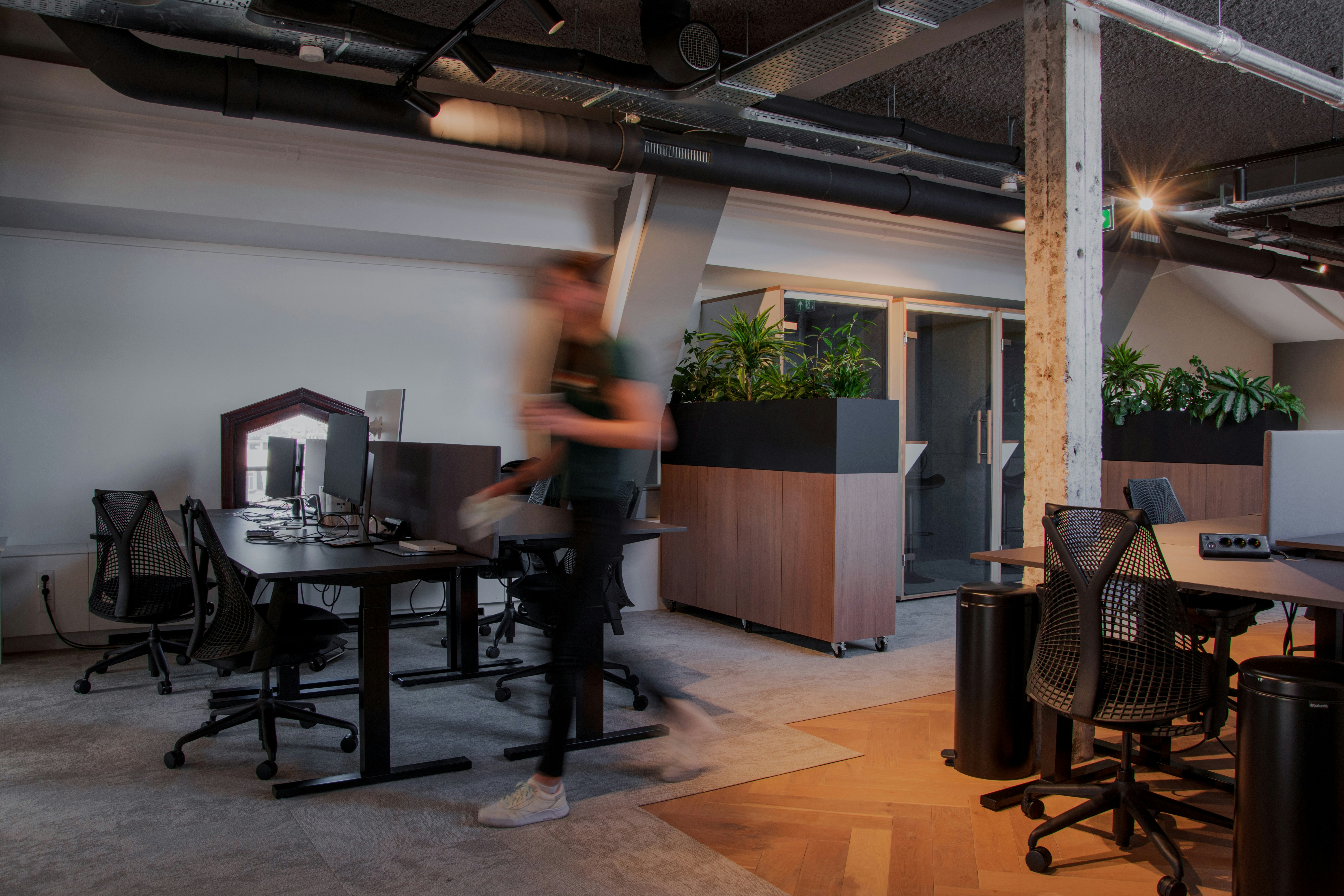

In the world of Smart Buildings, data is powerful—but building data alone isn’t enough. True efficiency comes when we combine building analytics with real-time human feedback.
Here’s a perfect real-world example of how Solve and Smart Building Data worked together to quickly resolve an issue, saving both time and resources for the facility team. Taken from an office in Dublin January 2023.
The problem took place spanning the Christmas holiday period in a commercial office building which typically works standard business hours 8am to 6pm. The Insights Dashboard (the same platform that logs Smart Building data and Solve reports) was tracking water usage vs. building occupancy.
Everything looked normal—until December 19th, when something unusual happened.
Late on December 19th, the anomaly detection system within the smart building platform fired an alert, flagging an unexpected spike in water consumption. The system was confident something wasn’t right, but it didn’t pinpoint the exact cause.

On December 20th, Solve reports started appearing in the same dashboard, this time from actual building occupants. Users reported issues like:
Because Solve and the building data were integrated, the FM team could immediately connect the dots—the abnormal water usage was not just a data glitch; it was a real problem happening on-site and the could locate it in the large building.
With these reports in hand, Arthur, a Facility Manager (FM), went to investigate the issue. He shut off the valve to stop the leak, and as a result, water usage for that floor dropped to zero over the holidays.
Come January, someone unknowingly switched the valve back on before repairs were completed. The issue resurfaced.
Again, Solve reports from building users flagged:
Because Solve linked directly to the building’s data, the FM team was immediately alerted that the problem had returned.
This time, the FM team called in a plumber to resolve the issue properly. Once fixed, the water usage returned to normal, preventing further waste.
Why This Matters
This is a perfect example of how building data and human feedback together create real impact.
This case highlights why integrating Solve into a Smart Building ecosystem is so valuable:
Solve doesn’t just capture complaints—it transforms them into actionable, data-driven insights that help Smart Buildings become smarter, more efficient, and more sustainable.
Data is essential, but human input is the missing piece in creating truly responsive, efficient buildings. When Smart Building platforms like Solve work together with real-time data analytics, problems get solved faster, resources are saved, and workplaces become better for everyone.
.png)
Solve Q2 & Q3 Release Notes: Smarter Maps, Faster Navigation, and Better Analytics

Hereworks Solve Use Cases: From Invisible Issues to Measurable Results

From Concept to Implementation: Your 3-Step Guide to Deploying Hereworks Solve
.png)
Solve Q2 & Q3 Release Notes: Smarter Maps, Faster Navigation, and Better Analytics

Hereworks Solve Use Cases: From Invisible Issues to Measurable Results

From Concept to Implementation: Your 3-Step Guide to Deploying Hereworks Solve